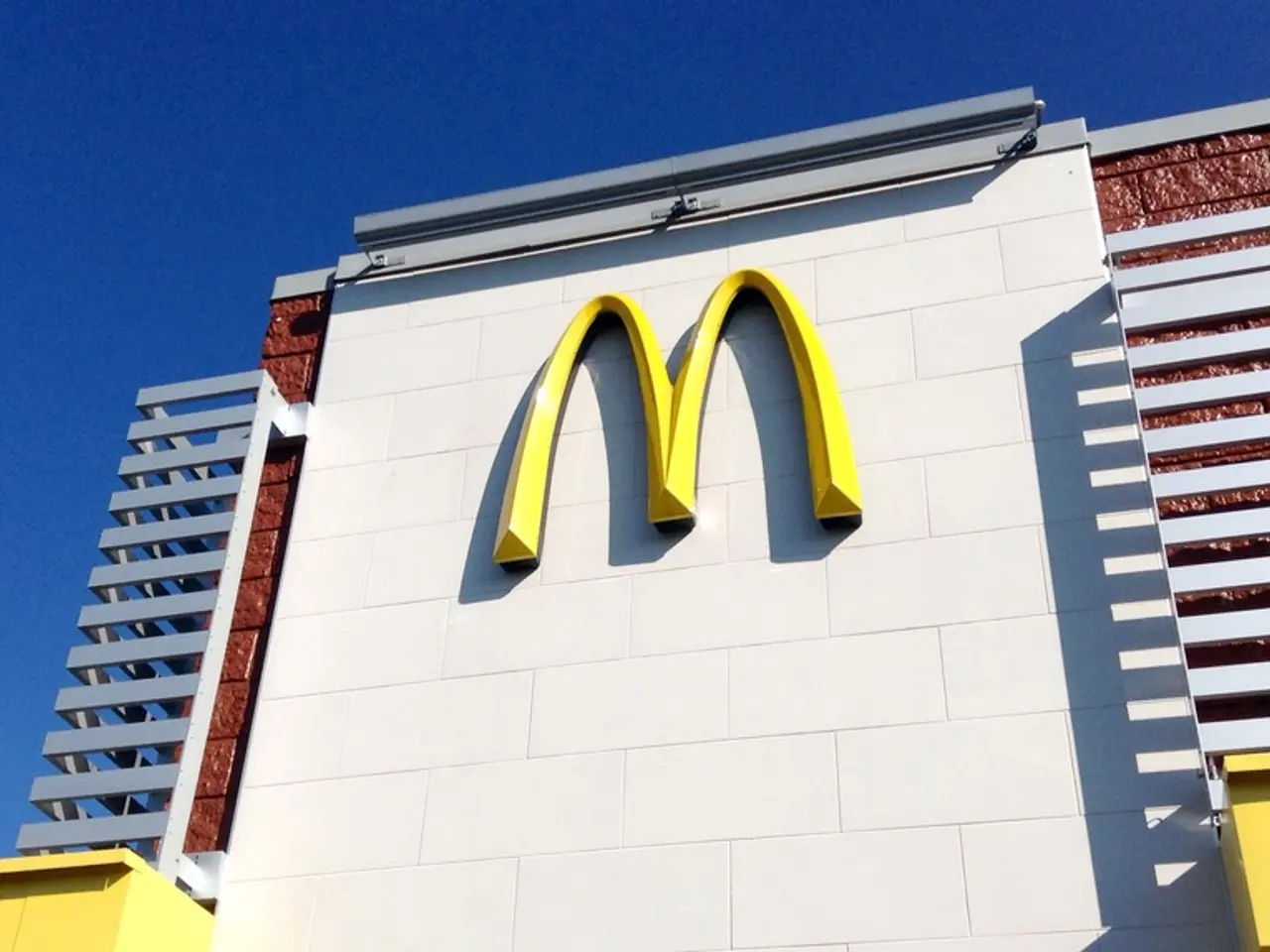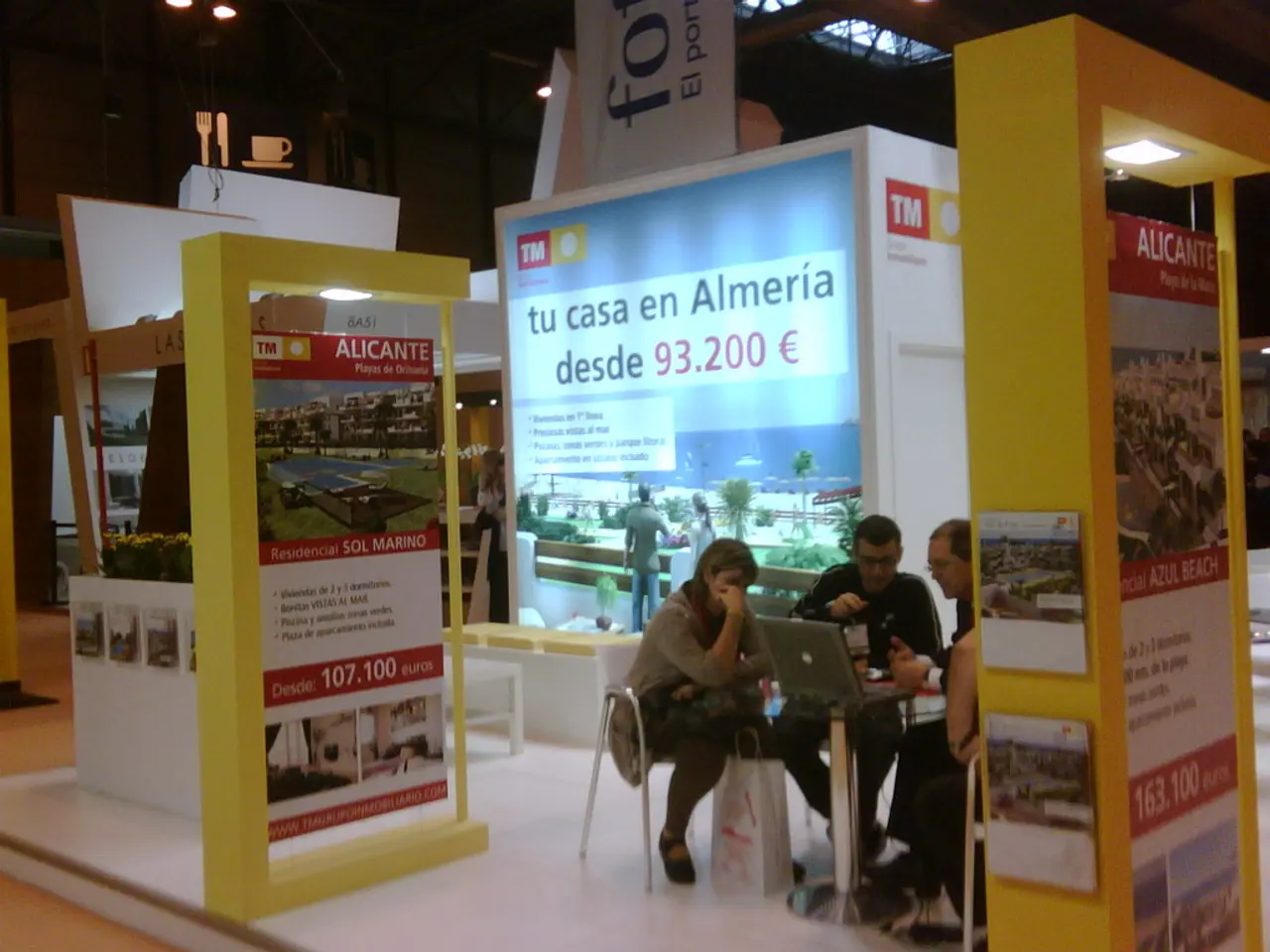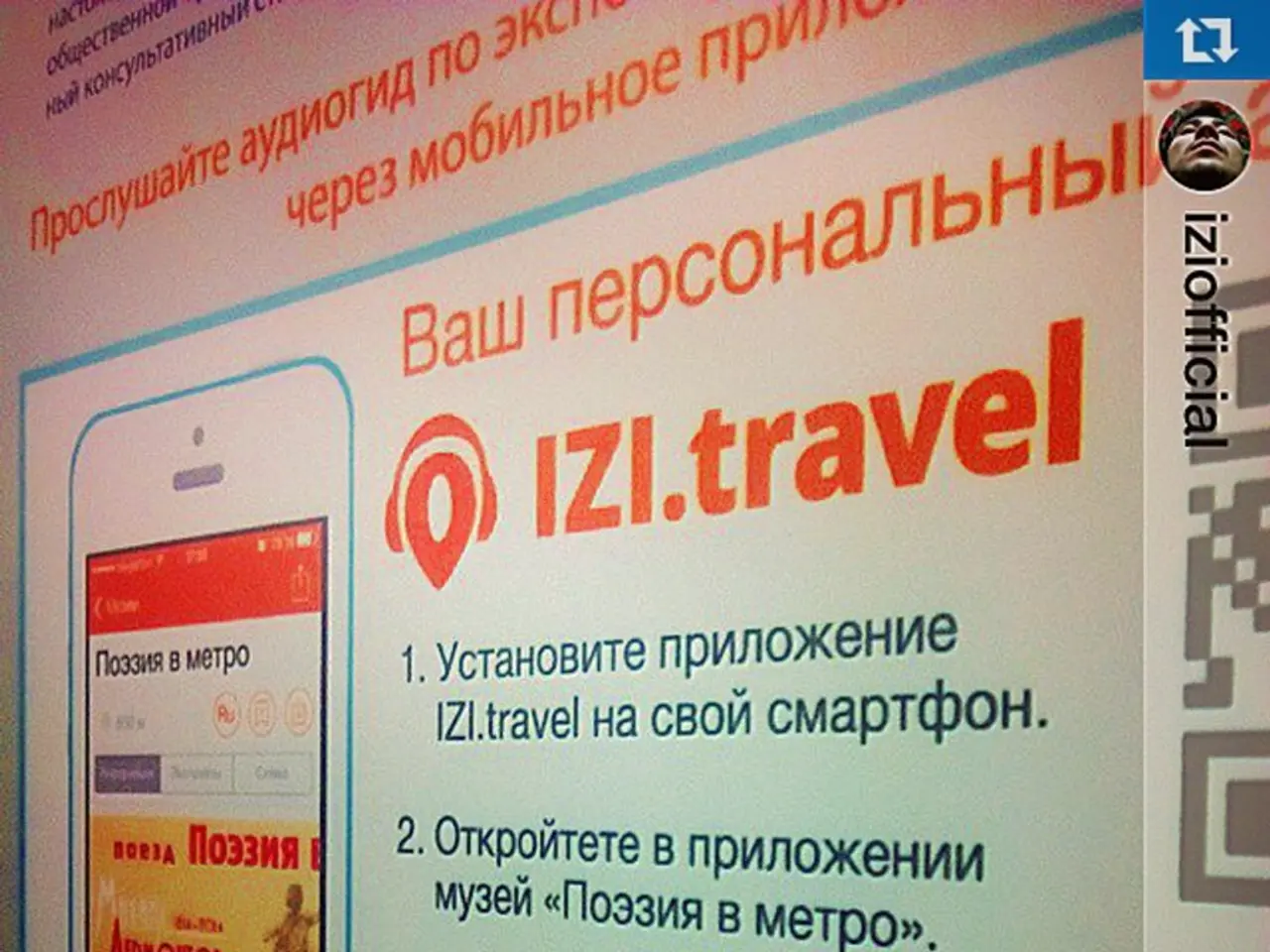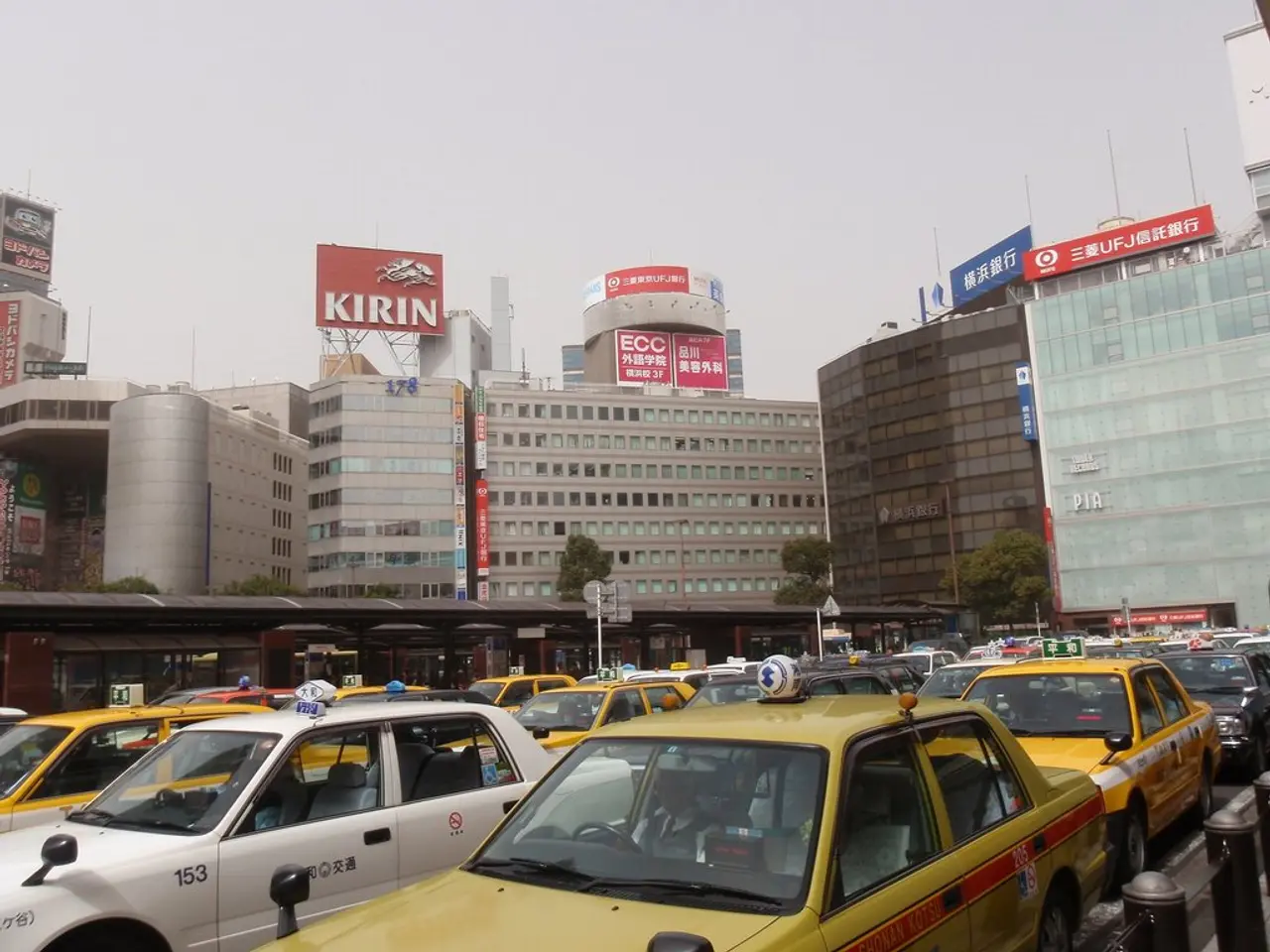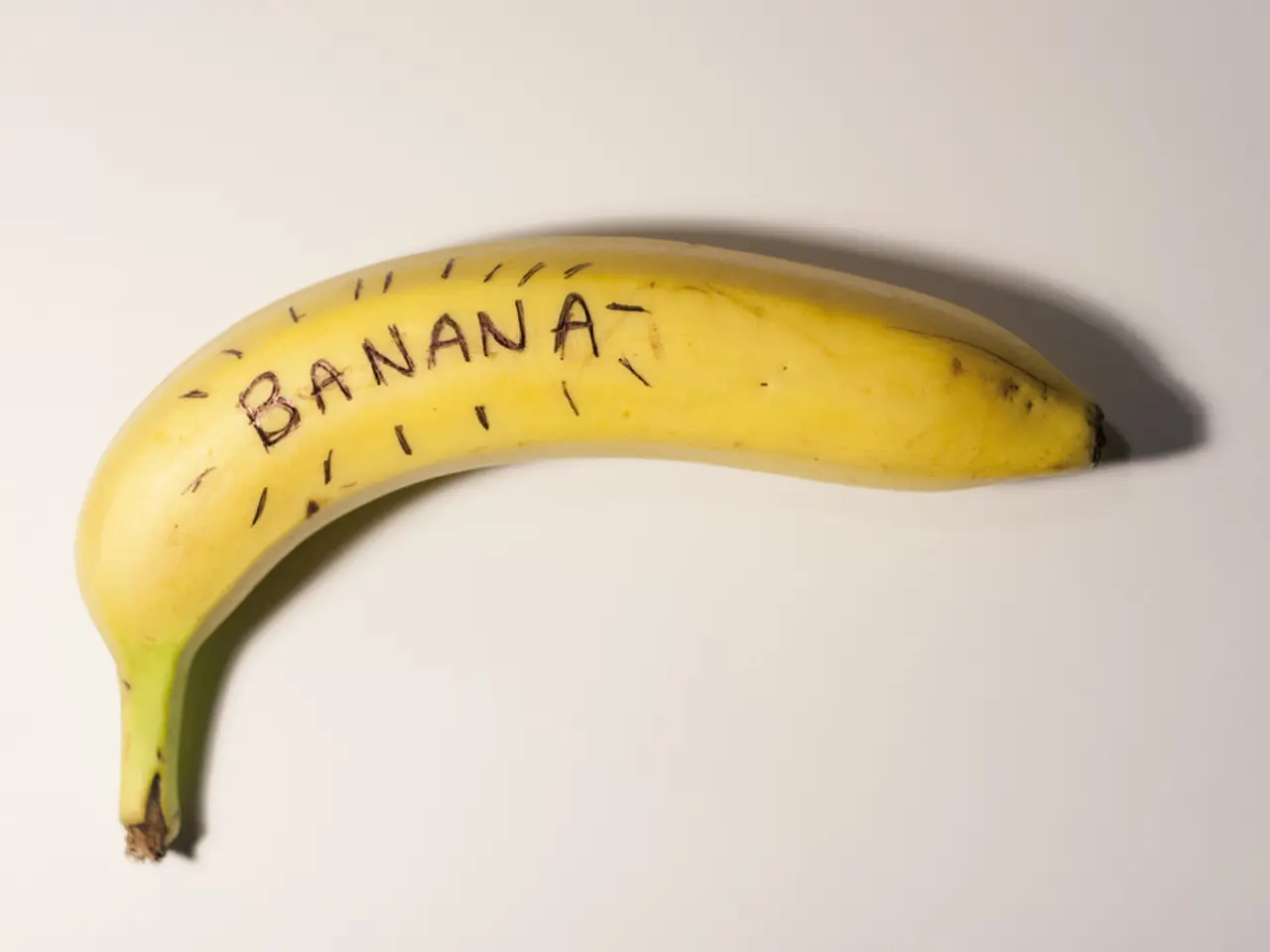German Solar Manufacturer Meyer Burger Faces Insolvency, Seeks Investors
Creditors consider prospective financiers for Meyer Burger's financial restructuring
Germany's solar industry is currently in crisis, with Meyer Burger, a leading solar module manufacturer, negotiating with potential investors to avoid insolvency for its Saxony-Anhalt and Saxony plants. The company's German subsidiaries, Meyer Burger Industries in Bitterfeld-Wolfen and Meyer Burger Germany in Hohenstein-Ernstthal, employ around 600 people.
The insolvency of Meyer Burger comes amidst a challenging landscape for European solar manufacturers, who are grappling with a perfect storm of slowing domestic demand, the end of subsidy-driven growth, grid integration challenges, and relentless price pressure from Chinese competitors.
The insolvency, however, offers investors the opportunity to take over the operation without old liabilities. According to Lucas Floether, the insolvency administrator for Meyer Burger, there are several interested parties in negotiations, and he plans to use the period until the end of August to drive the investor process forward. Production at both Meyer Burger plants is currently at a standstill.
Short-time work had already been introduced prior to the insolvency announcement, and the insolvency benefits are securing wages and salaries for employees until the end of August. The future of the plants depends on whether an investor is found by the end of August and what concept they pursue.
Meyer Burger's products are described as excellent, with outstanding know-how and state-of-the-art manufacturing. The sanction chances for the solar industry have significantly improved, offering a glimmer of hope for a turnaround. The crisis underscores the need for Europe to rethink its industrial strategy if it aims to maintain a viable solar manufacturing base.
Elsewhere in the solar industry, the solar glass manufacturer Glasmanufaktur Brandenburg in Lusatia recently filed for insolvency. This adds to the growing list of challenges faced by the industry in Germany and Europe.
Key Challenges for European Solar Module Manufacturers
- Declining Market Growth: The EU solar market is expected to shrink for the first time in over a decade, with Germany, Poland, and Spain seeing new solar installations drop by over 40% in 2025 compared to previous years.
- Policy Uncertainty: Germany’s Solar Peak Act (2025) introduced stricter feed-in rules for small solar systems, but implementation has lagged, creating uncertainty for investors.
- End of Subsidies: Many European governments, including Germany, have wound down subsidies that previously fueled rapid solar adoption, leading to a slump in new installations—especially in the residential sector.
- Grid Flexibility Issues: Germany’s rapid solar expansion has led to periods of oversupply, pushing electricity prices into negative territory and forcing grid operators to curtail output—a situation that undermines the economics of solar power.
- Storage and Modernization Needs: The grid’s inability to handle intermittent renewable surges highlights the urgent need for investment in storage (batteries, hydrogen) and smart grid upgrades.
- High Capital Costs: Modernizing grid infrastructure and investing in storage or hydrogen-ready plants is expensive, raising barriers to entry and scale for European manufacturers.
- Corporate PPA Market Decline: The corporate Power Purchase Agreement (PPA) market, a key driver for utility-scale solar, has dropped sharply, further reducing demand for new modules.
Comparison with Chinese Competition
- Lower Production Costs: Chinese manufacturers benefit from economies of scale, vertically integrated supply chains, and lower labor and energy costs, enabling them to produce modules at prices European manufacturers typically cannot match.
- Global Dominance: China controls a significant share of global solar manufacturing capacity, allowing it to flood markets with cheap modules, further undercutting European producers.
- State-Backed Growth: The Chinese solar industry has long been supported by government subsidies, preferential loans, and industrial policy, enabling rapid scaling and technological advancement.
- Export-Oriented Strategy: Chinese firms are adept at exporting to global markets, leveraging their cost advantage to secure large-scale contracts.
European Response
- Focus on Quality and Sustainability: Some European manufacturers differentiate themselves through higher-quality products, sustainability credentials, and compliance with stricter environmental and labor standards.
- Push for Resilience: There is growing political will in Europe to reduce dependence on Chinese imports, but building a competitive domestic industry remains challenging without substantial and sustained investment.
Summary Table: European vs. Chinese Solar Module Manufacturers
| Aspect | European Manufacturers | Chinese Manufacturers | |-----------------------|--------------------------------------------|-----------------------------------------| | Production Cost | Higher (labor, energy, compliance) | Lower (scale, integration, subsidies) | | Market Access | Domestic slowdown, policy uncertainty | Global dominance, aggressive exports | | Government Support | Declining subsidies, fragmented policy | Strong, coordinated industrial policy | | Technological Edge | Focus on quality, sustainability | Rapid scaling, cost-driven innovation | | Grid Integration | Facing oversupply, storage challenges | Exports mitigate domestic grid issues |
Investors are considering taking over Meyer Burger, a German solar module manufacturer, to avoid insolvency for its Saxony-Anhalt and Saxony plants, as the industry faces a challenging landscape marked by slowing domestic demand, the end of subsidy-driven growth, grid integration challenges, and relentless price pressure from Chinese competitors. The opportunity for investors lies in the potential to operate without old liabilities.
Meanwhile, the European solar industry is grappling with declining market growth, policy uncertainty, the end of subsidies, grid flexibility issues, high capital costs, and a corporate PPA market decline. These challenges, compounded by the steep competition from Chinese manufacturers, are putting pressure on European solar module manufacturers.
